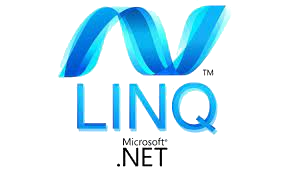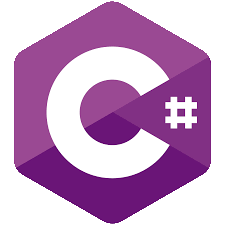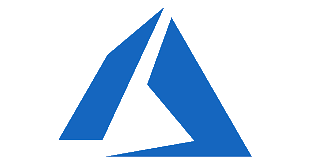.Net

.NET (previously named .NET Core) is a free and open-source, managed computer software framework for Windows, Linux, and macOS operating systems. It is a cross-platform successor to .NET Framework. The project is primarily developed by Microsoft employees by way of the .NET Foundation, and released under the MIT License.
 Language Integrated Query (LINQ) is a Microsoft .NET Framework
component that adds native data querying capabilities to
.NET languages,
originally released as a major part of .NET Framework 3.5 in 2007.
Language Integrated Query (LINQ) is a Microsoft .NET Framework
component that adds native data querying capabilities to
.NET languages,
originally released as a major part of .NET Framework 3.5 in 2007.
LINQ extends the language by the addition of query expressions, which are akin to SQL statements, and can be used to conveniently extract and process data from arrays, enumerable classes, XML documents, relational databases, and third-party data sources. Other uses, which utilize query expressions as a general framework for readably composing arbitrary computations, include the construction of event handlers or monadic parsers. It also defines a set of method names (called standard query operators, or standard sequence operators), along with translation rules used by the compiler to translate query syntax expressions into expressions using fluent-style (called method syntax by Microsoft) with these method names, lambda expressions and anonymous types.
 C# is a general-purpose, multi-paradigm programming language.
C# encompasses static typing, strong typing,
lexically scoped, imperative, declarative, functional,
generic, object-oriented (class-based), and component-oriented programming disciplines.
C# is a general-purpose, multi-paradigm programming language.
C# encompasses static typing, strong typing,
lexically scoped, imperative, declarative, functional,
generic, object-oriented (class-based), and component-oriented programming disciplines.
C# was designed by Anders Hejlsberg from Microsoft in 2000 and was later approved as an international standard by Ecma (ECMA-334) in 2002 and ISO (ISO/IEC 23270) in 2003. Microsoft introduced C# along with .NET Framework and Visual Studio, both of which were closed-source. At the time, Microsoft had no open-source products. Four years later, in 2004, a free and open-source project called Mono began, providing a cross-platform compiler and runtime environment for the C# programming language. A decade later, Microsoft released Visual Studio Code (code editor), Roslyn (compiler), and the unified .NET platform (software framework), all of which support C# and are free, open-source, and cross-platform. Mono also joined Microsoft but was not merged into .NET.
 Windows Presentation Foundation (WPF) is a free and open-source
graphical subsystem (similar to WinForms) originally developed by Microsoft for rendering
user interfaces in Windows-based applications.
WPF, previously known as "Avalon", was initially released as part of .NET Framework 3.0 in
2006. WPF uses DirectX and attempts to provide a consistent programming model for building
applications.
It separates the user interface from business logic, and resembles similar XML-oriented
object models, such as those implemented in XUL and SVG.
Windows Presentation Foundation (WPF) is a free and open-source
graphical subsystem (similar to WinForms) originally developed by Microsoft for rendering
user interfaces in Windows-based applications.
WPF, previously known as "Avalon", was initially released as part of .NET Framework 3.0 in
2006. WPF uses DirectX and attempts to provide a consistent programming model for building
applications.
It separates the user interface from business logic, and resembles similar XML-oriented
object models, such as those implemented in XUL and SVG.
 Microsoft Azure, often referred to as Azure, is a cloud
computing service operated by Microsoft for application management via Microsoft-managed
data centers.
It provides software as a service (SaaS), platform as a service (PaaS) and infrastructure as
a service (IaaS) and supports many different programming languages,
tools, and frameworks, including both Microsoft-specific and third-party software and
systems.
Microsoft Azure, often referred to as Azure, is a cloud
computing service operated by Microsoft for application management via Microsoft-managed
data centers.
It provides software as a service (SaaS), platform as a service (PaaS) and infrastructure as
a service (IaaS) and supports many different programming languages,
tools, and frameworks, including both Microsoft-specific and third-party software and
systems.
Azure, announced at Microsoft's Professional Developers Conference (PDC) in October 2008, went by the internal project codename "Project Red Dog", and formally released in February 2010, as Windows Azure before being renamed to Microsoft Azure on March 25, 2014.
